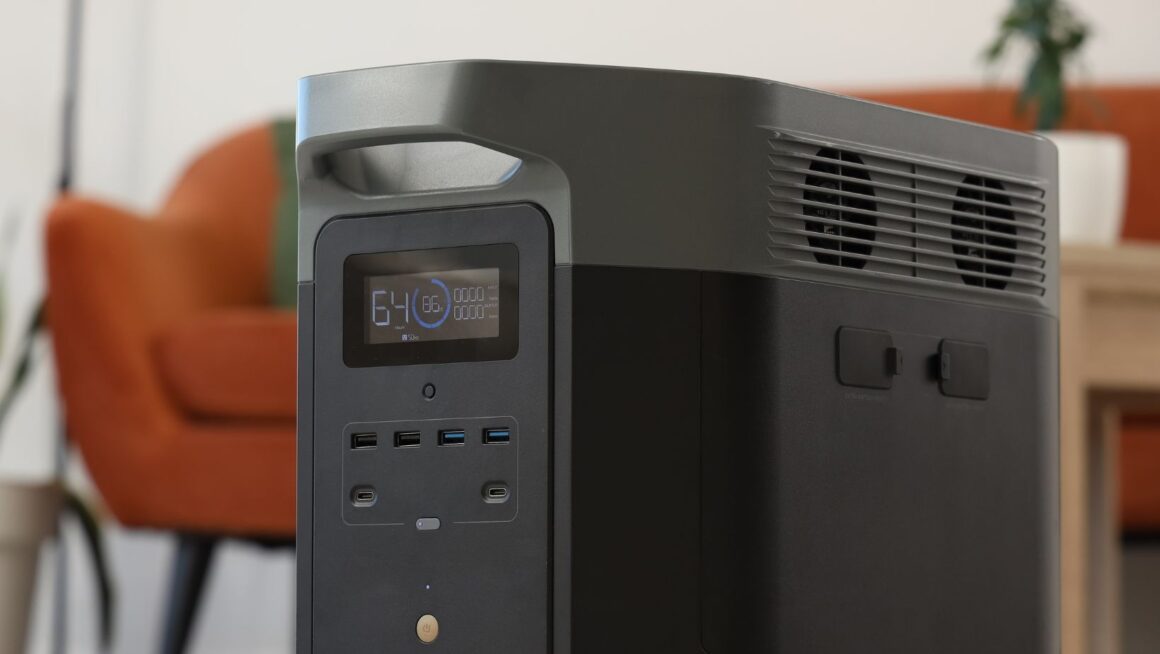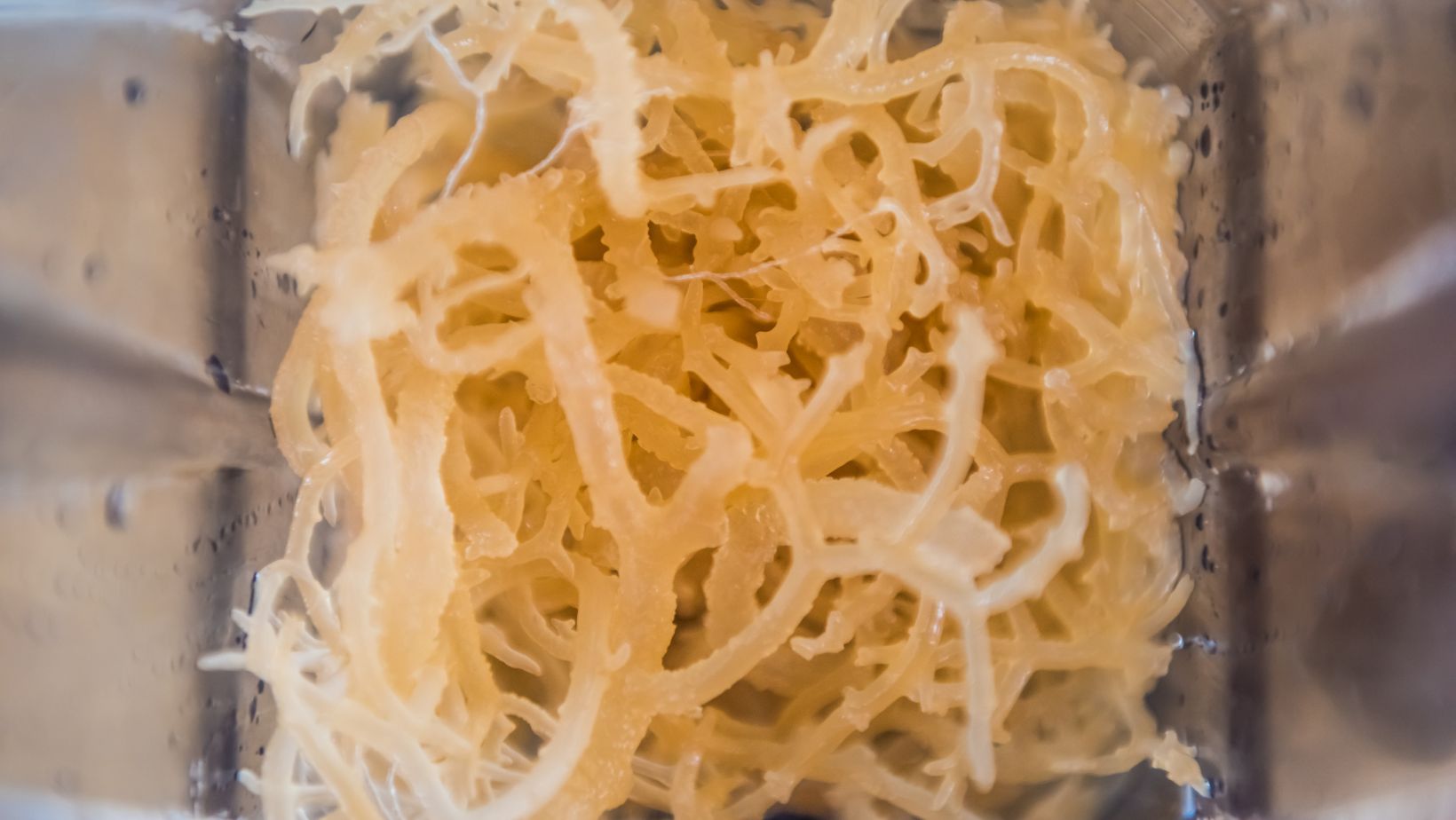When winter arrives and temperatures drop below freezing, a reliable power supply becomes more crucial than ever—especially for outdoor enthusiasts, RV travelers, and emergency responders who often rely on portable power stations as their primary source of energy. While these compact power solutions are designed for versatility and convenience, their performance changes significantly in cold environments. Internal battery chemistry slows down, charging efficiency decreases, and output capacity can drop by as much as 30% to 40%. Proper design, material selection, and usage strategies determine the device’s reliability and susceptibility to sudden failures in extreme cold conditions.
Table of Contents
ToggleHow Low Temperatures Affect Portable Power Station
The core component of a portable power station is its battery system, typically consisting of lithium-ion or lithium-iron-phosphate (LiFePO₄) batteries. Both rely on electrochemical reactions, which slow down significantly in cold weather. When temperatures drop below 0°C (32°F), the movement of lithium ions within the battery is restricted, resulting in reduced energy output and decreased charging efficiency.
For example, a portable power station with a nominal capacity of 1000Wh may only provide 600-700Wh of power below freezing. Furthermore, charging below freezing can lead to lithium deposition, a process that permanently damages the battery structure. Therefore, many high-end systems, such as PowerDream products, are equipped with temperature sensors that automatically limit or stop charging when the temperature is too low. In short, understanding the relationship between temperature and battery chemistry is crucial. Portable power banks don’t “lose power” at low temperatures; rather, their electrochemical efficiency temporarily decreases.
Why Battery Chemistry is Crucial for Portable Power Station
Not all portable power banks perform the same in cold weather, and this difference often depends on the battery’s chemistry. Lithium-ion batteries are renowned for their compact size and high energy density; however, they tend to perform poorly in extremely cold environments. On the other hand, lithium iron phosphate batteries, while slightly larger, offer greater thermal stability and a longer lifespan, making them ideal for winter environments.
For users camping in sub-zero climates or relying on portable power stations for emergency power, lithium-iron-phosphate batteries are generally a better choice. They maintain a more stable discharge rate and are less prone to voltage drops. Our low-temperature optimized lithium iron phosphate battery system also integrates a self-heating function, gently preheating the battery before charging begins. When choosing a portable power source, don’t just look at the watt-hours or output ports—also check the operating temperature range and whether it has cold-weather protection.
Managing Charging Efficiency in Cold Environments
Charging in cold environments is the most problematic operation for portable power stations. As mentioned earlier, lithium deposition can occur when batteries are charged below freezing, permanently reducing battery capacity and increasing internal resistance.
To prevent this, users should follow these three key practices: Preheat the battery before charging. Move the device indoors or in a vehicle for at least 30 minutes before charging. Use the built-in temperature control function. PowerDream high-end portable power stations are equipped with an integrated heater that automatically raises the battery temperature to a safe level before power is applied. Charge slowly if necessary. When using solar panels to charge in cold weather, reduce the input power to prevent thermal stress.
The intelligent battery management system (BMS) will automatically adjust charging parameters; however, users should remain vigilant. Following these guidelines will not only extend the lifespan of your portable power bank but also ensure it’s always available when you need it most.
How to Optimize Portable Power Bank Discharge Performance in Low Temperatures
While charging carries certain risks, discharging in cold weather presents challenges. Even with a significant amount of charge remaining, a portable power station may experience a rapid voltage drop. This is because internal resistance increases as temperature decreases.
To maintain optimal discharge performance: Insulate the device. Use a heat shield or thermal bag to trap residual heat generated during operation. Avoid complete discharge. In extremely cold conditions, aim to keep the charge between 30% and 80% to reduce battery stress. Operate above freezing whenever possible. Place the portable power station in direct sunlight or near heat sources (but not too close). Our engineers tested various systems at -20°C (-4°F) and found that units with insulated enclosures and adaptive discharge management had 20-25% higher capacity than unprotected units.
Use in Winter Scenarios
The practical applications of portable power stations in winter are rapidly increasing, from powering electric blankets and heaters in camping gear to running communication equipment and drones on Arctic expeditions. However, their performance will vary depending on how users manage environmental factors.

For example: Winter campers store portable power stations inside tents or insulated boxes to prevent them from freezing at night. RV and van dwellers install the equipment inside the vehicle compartment rather than in an external storage box. When not in use, store the portable power station at room temperature and only deploy it outdoors when necessary. Our cold-weather testing facility shows that portable systems maintained above 4°C (40°F) can output up to 90% of their rated power, while devices directly exposed to sub-freezing air only output 60% of their rated power. These findings confirm that environmental management plays a crucial role in practical performance.
How to Choose the Best Power Station for Cold Weather
When selecting a portable power station for use in low-temperature environments, both hardware and functionality should be taken into consideration. Note the following: lithium-iron-phosphate battery chemistry, known for its durability and low-temperature stability. Self-heating function activated before charging. An advanced BMS with temperature monitoring enables automatic protection. A rugged housing design with thermal or waterproof features makes it suitable for outdoor environments.
Our cold-weather series combines all these features, providing reliable performance in temperatures ranging from -20°C to +60°C. Whether you’re a mountaineer relying on solar charging at high altitudes or a homeowner needing reliable backup power during the winter, this system, designed for cold environments, ensures safety and peace of mind.





